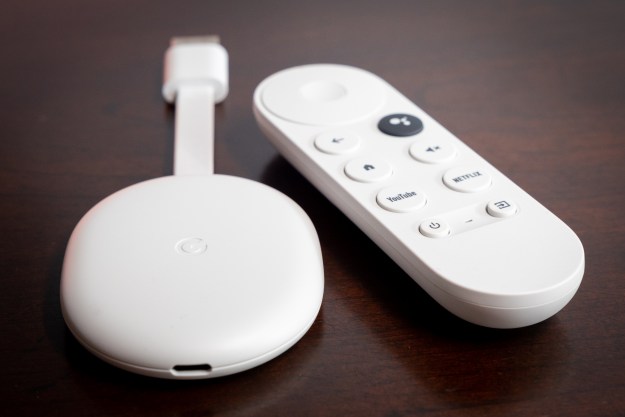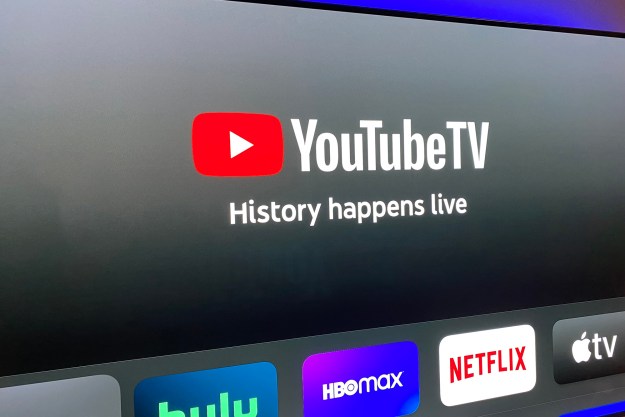
Introduced at GDC this past March, the new Shield is an Android-powered micro-console, not unlike the Ouya. Unlike the somewhat underwhelming Ouya, however, the Shield is powered by Nvidia’s cutting-edge Tegra X1 processor, with a 256-core GPU and 64-bit CPU that has the muscle to stream 4K video and games with Nvidia’s Grid cloud-based gaming service. At launch there are over 200 games available to play via Android TV, 20 of which are coming exclusively to Shield. This includes recent hits like Borderlands: The Pre-Sequel or indie puzzler The Talos Principle, and also remastered classics like Half-Life 2.
Shield will let you test out that new,
The basic version costs $200 and comes with a modest 16 GB of on-board storage, which means that you will mostly be streaming. The $300 Pro version, on the other hand, bumps that up to 500 GB, and includes a copy of Borderlands: The Pre-Sequel, for good measure. For a limited time, both versions also come with a $30 Google Play store credit and a 90-day subscription (worth $30) to Google Play Music All Access.
Nvidia Shield started its life in 2013 as a gamepad with an attached screen for playing Android games. In late 2014 it split the screen off to be a powerful gaming tablet with an accompanying wireless controller. That controller has carried over into this third iteration, which is a svelte, set-top box that can either lay flat or stand upright with an included stand.
Editors' Recommendations
- The tvOS 17.2 update is now available with redesigned TV app
- What is Android TV? Google’s smart TV platform fully explained
- The Roku Channel is now available as a Google TV app
- Nvidia kills off GameStream on Shield, points users to Steam
- Android 13 is now available for Android TV



